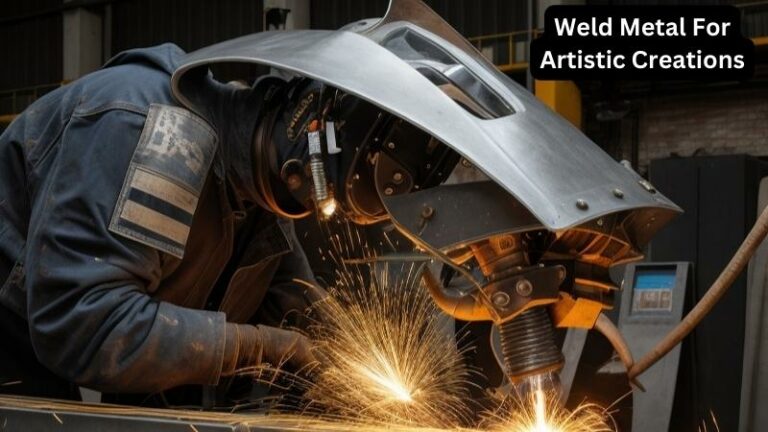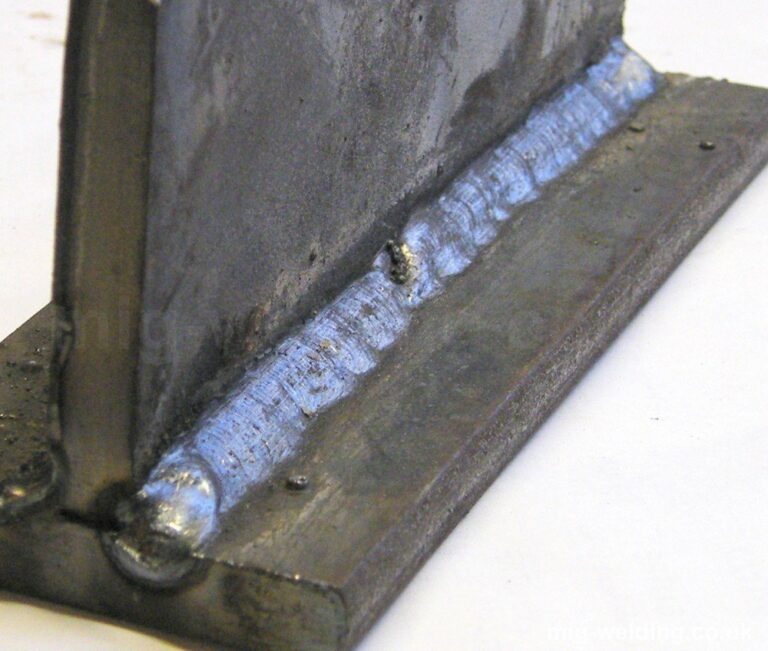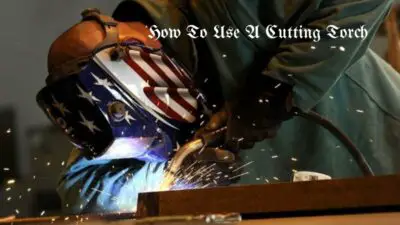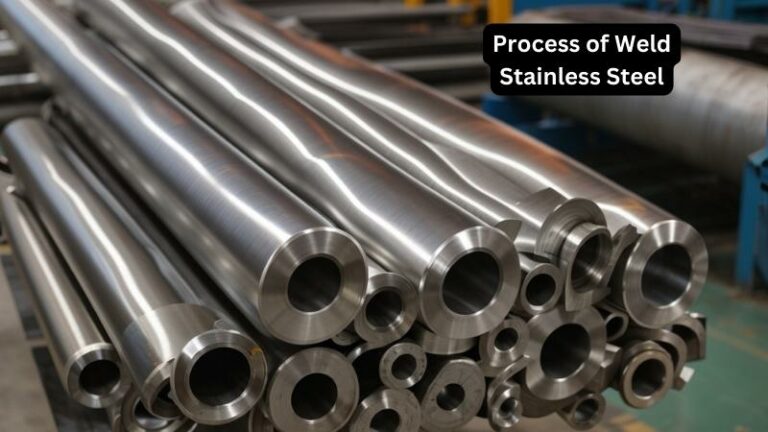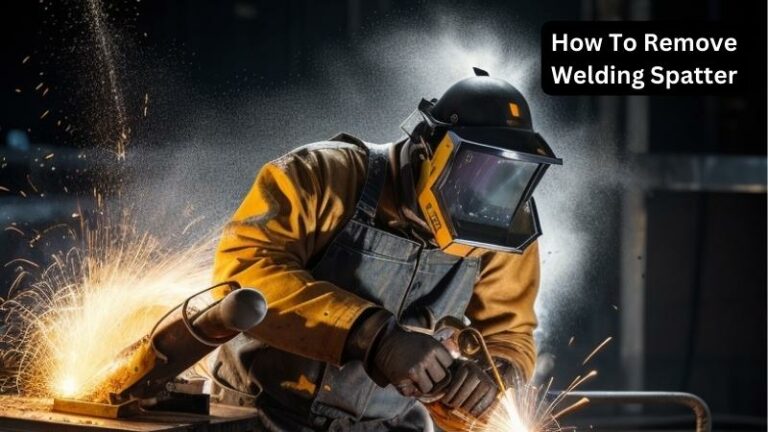How To Weld Cast Iron
Today we discuss How To Weld Cast Iron. Welcome to the exciting world of welding! In this guide, we’re going to delve into the fascinating process of welding cast iron. Whether you’re a beginner or a seasoned welder looking to expand your skills, you’ve come to the right place!
When it comes to welding cast iron, it’s essential to understand the unique challenges and techniques involved. Don’t worry, though. We’ll break it down for you step by step and provide you with all the necessary tips and tricks to achieve a successful weld.
So, if you’re ready to dive into the world of welding cast iron and unleash your creative potential, let’s get started with some practical and valuable insights that will help you master this impressive skill. Get your safety gear on, and let’s strike that first arc!
features:
- Welding cast iron can be tricky, but with the right approach, it’s possible to achieve a strong and durable bond. Follow these steps to weld cast iron effectively:
- Preheat the cast iron to reduce thermal shock
- Use a nickel-based electrode or filler rod for welding
- Keep the heat low and avoid direct contact with the weld puddle
- Peen the weld area to relieve stress and prevent cracking
- Allow the cast iron to cool gradually to minimize the risk of cracks
How to Weld Cast Iron: A Comprehensive Guide
Welding cast iron can be a challenging task, but with the right techniques and equipment, it is possible to create strong and durable welds. In this article, we will explore the various methods and considerations for successfully welding cast iron. Whether you are a professional welder or a DIY enthusiast, this guide will provide you with the knowledge and skills necessary to tackle cast iron welding projects.
Understanding Cast Iron:
Before diving into the welding process, it is important to have a solid understanding of cast iron. Cast iron is a strong and brittle material that is commonly used in various applications, such as engine blocks, pipes, and machine bases. It contains a high carbon content, which gives it its characteristic hardness. However, this high carbon content also makes cast iron susceptible to cracking during the welding process.
The Challenges of Welding Cast Iron:
Welding cast iron presents several unique challenges. One of the main challenges is the formation of cracks during the cooling process. Cast iron has a high carbon content, which causes it to form brittle phases, such as cementite, during the cooling process. These brittle phases can lead to cracks if the proper precautions are not taken.
Another challenge is the difference in thermal expansion between cast iron and the filler material used in welding. Cast iron has a relatively low coefficient of expansion, while most welding filler materials have a higher coefficient. This difference in expansion rates can lead to distortion and stress in the welded area, which can also result in cracking.
Lastly, cast iron is prone to heat-affected zone (HAZ) cracking. The HAZ is the area of the base metal that undergoes thermal changes during welding. The high carbon content of cast iron makes it more susceptible to cracking in the HAZ, especially if preheating and post-weld heat treatment are not properly implemented.
Preparation: Cleaning and Preheating
Proper preparation is essential when welding cast iron. The first step is to clean the surface of the cast iron to remove any contaminants, such as oil, grease, or paint. This can be done using a wire brush, sandpaper, or a solvent. It is important to ensure that the surface is clean and free from any foreign materials that could interfere with the welding process.
Once the surface is clean, preheating the cast iron is often necessary to reduce the thermal gradient between the weld area and the surrounding metal. This helps to minimize the risk of cracking. Preheating can be done using a flame torch or an oven. The temperature required for preheating will depend on the thickness of the cast iron and the specific welding method being used.
Choosing the Right Welding Method:
There are several methods that can be used to weld cast iron, each with its own advantages and limitations. The most common methods include:
- Oxy-Acetylene Welding
- Shielded Metal Arc Welding (SMAW)
- Flux-Cored Arc Welding (FCAW)
- Gas Tungsten Arc Welding (GTAW)
Oxy-acetylene welding is a popular choice for welding cast iron due to its low heat input and ability to control the heating and cooling rates. SMAW, also known as stick welding, is another common method but requires more skill and experience to prevent cracking. FCAW and GTAW are advantageous for their ability to provide better control and shielding, making them suitable for more complex cast iron welding projects.
Oxy-Acetylene Welding: Advantages and Limitations
Oxy-Acetylene welding is a versatile and widely used method for welding cast iron. This method uses a torch that combines oxygen and acetylene to produce a flame with a temperature of around 3000 degrees Celsius. The flame is then used to heat the cast iron and the filler material, which is added to create the weld.
One of the main advantages of oxy-acetylene welding is its low heat input, which helps to minimize the risk of cracking. It also allows for precise control of the heating and cooling rates, which is essential when welding cast iron. However, this method can be time-consuming and requires a high level of skill and experience to achieve quality welds.
Another limitation of oxy-acetylene welding is the limited penetration it provides. This can be a disadvantage when welding thick sections of cast iron or when a strong and deep weld is required. In such cases, other methods, such as SMAW or GTAW, may be more suitable.
Key Takeaways: How To Weld Cast Iron
- Welding cast iron requires special techniques and equipment.
- Preheating the cast iron before welding helps prevent cracks.
- Use a low hydrogen welding rod or electrode for cast iron welding.
- Clamp or tack weld the cast iron pieces together before starting the full weld.
- Post-weld heat treatment can help relieve stress and strengthen the weld.
faqs for How To Weld Cast Iron:
Preparing cast iron for welding involves a few essential steps. First, you need to clean the surface thoroughly by removing any rust, paint, or impurities. This can be done using a wire brush or sandpaper. Next, preheat the cast iron to a temperature between 500-1200°F, depending on the thickness of the metal. This helps in reducing cracking during the welding process.
Then, use a suitable filler material and welding technique, such as stick or TIG welding, to join the cast iron pieces. Finally, allow the weld to cool down slowly by covering it with a heat-resistant blanket or insulating material.
Choosing the right filler material is crucial for welding cast iron successfully. Nickel-based or nickel-iron electrodes are commonly recommended for welding cast iron due to their ability to provide a strong and crack-resistant weld.
These electrodes have a high nickel content, which matches the thermal expansion and contraction properties of cast iron. They also provide excellent ductility and machinability. Additionally, preheating the cast iron and controlling the cooling rate can contribute to a successful weld by reducing the risk of cracking.
Yes, it is possible to weld cast iron using MIG (Metal Inert Gas) welding, but it can be more challenging compared to other welding methods. MIG welding requires precise control over the heat input, and cast iron is prone to cracking due to its high carbon content and brittleness.
However, by using proper techniques and precautions, MIG welding can be successful. Preheating the cast iron, using a nickel-based filler material, and controlling the cooling rate are essential for achieving a strong and crack-resistant weld. It is important to note that MIG welding cast iron may require some expertise and practice to master.
Welding cast iron can present a few common challenges. One of the main issues is the high carbon content in cast iron, which makes it susceptible to cracking during the cooling process.
Thoroughly cleaning the surface before welding is essential to ensure a proper bond. Finally, cast iron may have variations in its composition, which can impact the weldability. It is important to understand the specific type of cast iron you are working with and adjust your welding techniques accordingly.
Yes, it is possible to repair a crack in cast iron without welding, using a technique called cold stitching or metal stitching. This method involves drilling holes on either side of the crack and placing metal stitching pins or keys through the holes.
The pins are then locked in place using epoxy or a high-strength adhesive. Metal stitching reinforces the cracked structure and prevents further propagation of the crack. However, it is important to note that cold stitching is typically used for non-loaded or lightly loaded cast iron parts. For critical or heavily loaded components, welding is generally the preferred method of repair.
Summary:
Welding cast iron can be tricky, but with the right knowledge and tools, it’s doable. First, prep the surface by cleaning and removing any paint or rust. Preheating the iron before welding is important to prevent cracks. Use a high-nickel or high-nickel alloy electrode to match the cast iron’s composition. Finally, keep the weld cool and take breaks to prevent overheating.
Welding cast iron requires some patience and practice, but it’s achievable. Clean the surface, preheat the iron, choose the right electrode, and weld carefully. Remember, take your time and pause when needed. You’ve got this!
